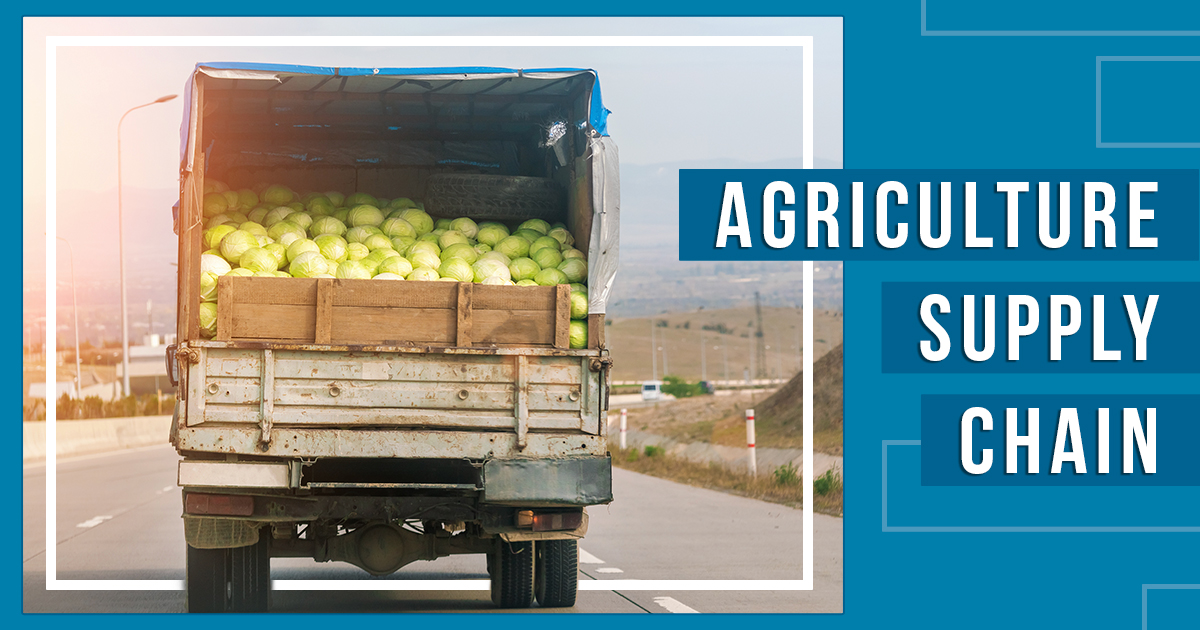
The economy and culture of the Philippines have always been greatly dependent on agriculture. Filipino farmers put a lot of effort into providing the country with fresh produce, including rice and vegetables. Yet, transporting these goods from farm to table is harder than it seems.
What Is The Role Of Supply Chain Management In Agriculture?
That’s where the agriculture supply chain comes in. The network involves multiple stakeholders, including farmers, middlemen for transport and distribution, and consumers who buy and consume the goods.
It is important to have efficient supply chain management to ensure that the goods are delivered to their destination quickly and at a reasonable cost. Without it, farmers may have challenges in putting their produce to market. Due to difficulties in transportation and storage, middlemen may have trouble providing fresh and healthy produce. Therefore, consumers may have limited access to such products.
Challenges of Agriculture Supply Chain In The Philippines
In this article, we’ll look at the challenges multiple actors in the Philippines’ agriculture supply chain face. We can work toward a more sustainable and efficient agriculture supply chain that benefits everyone involved by better understanding these challenges.
When you think of farmers, you might imagine a simple life working the land and reaping the benefits. However, for many Filipino farmers, the reality is far more complicated. These are the challenges that they must overcome to bring food to Filipino tables.
Lack Of Access To Technology and Finance
Access to technology and finance is one of the most significant challenges faced by farmers in the Philippines. Many small-scale farmers lack the financial means to invest in modern equipment or technology. This makes it difficult for them to increase productivity or improve crop quality. This lack of resources can also make it difficult for farmers to expand their farms or enter new markets.
Weather Disturbances
Despite having access to modern technology, farmers in the Philippines are still at the mercy of unpredictable weather patterns. Typhoons, floods, and droughts can destroy crops and wipe out entire harvests, leaving farmers with little to no income for the year.
Poor Monitoring And Regulation
To make matters worse, many farmers are also at the mercy of middlemen who control crop pricing and distribution. Farmers may be paid unfairly for their goods. As a result, leaving them with little choice but to accept the price offered. The recent increase in onion and other produce prices demonstrates how poorly regulated supply chains can affect consumers. Due to supply chain inefficiencies, consumers were forced to pay three times the regular price for onions.
These difficulties confronting Filipino farmers are more than just numbers or statistics. They are true stories about hardworking people and families struggling to make ends meet. We can appreciate the value of the crops we buy and support local farmers in their efforts to make a living by understanding these difficulties.
Impact Of Disrupted Agriculture Supply Chain On Consumers and Businesses
Have you ever gone to the supermarket to buy your favorite fruits or vegetables but found out that they were not available? Have you observed that the cost of certain food products has gone up? This may indicate issues in the agriculture supply chain that impact farmers, middlemen, and consumers like us.
When natural disasters occur or transportation systems are inefficient, it can lead to crop damage and disrupt the agricultural supply chain. As a result, certain goods may become less available in the market, causing shortages and making it challenging for consumers to purchase them.
SEE ALSO:
